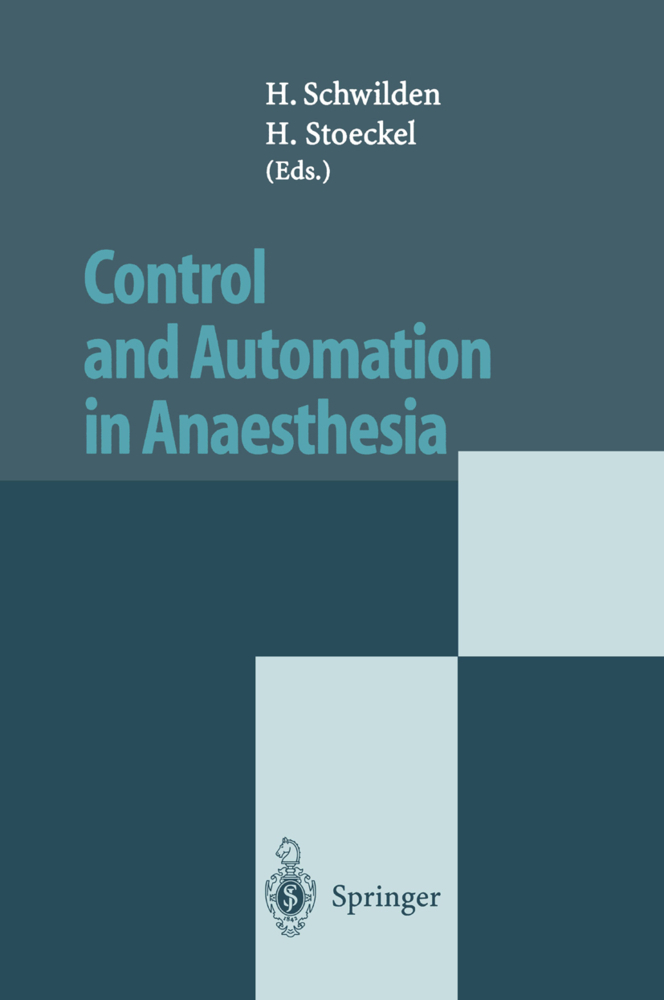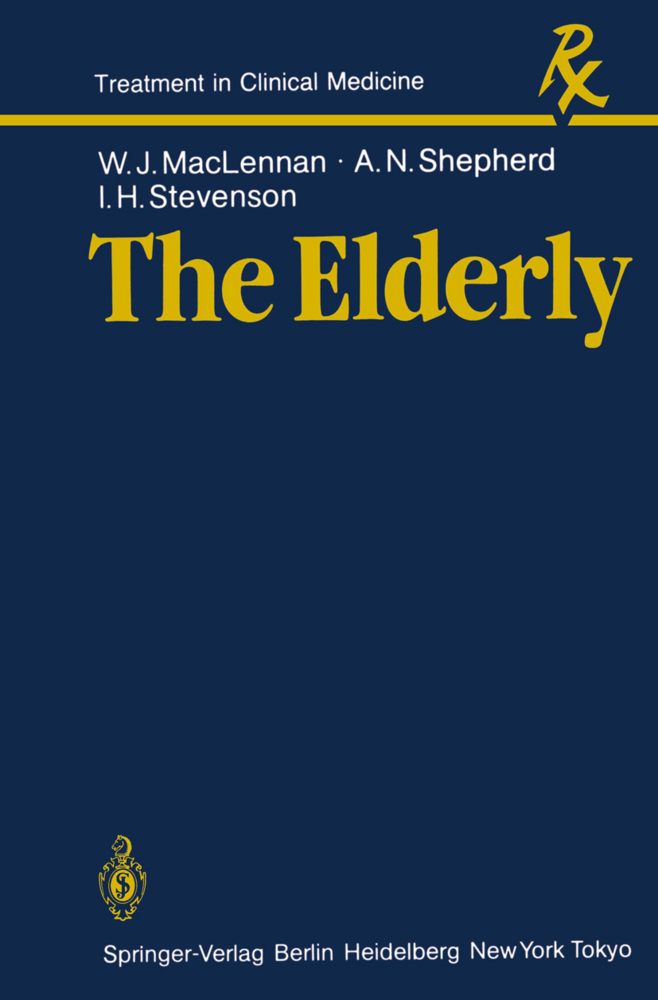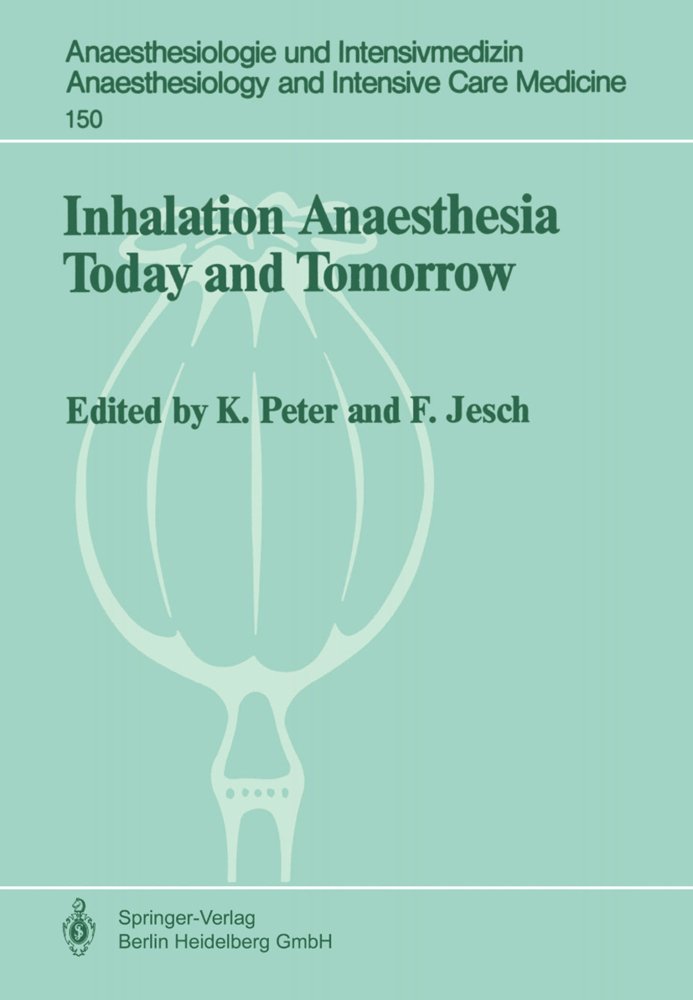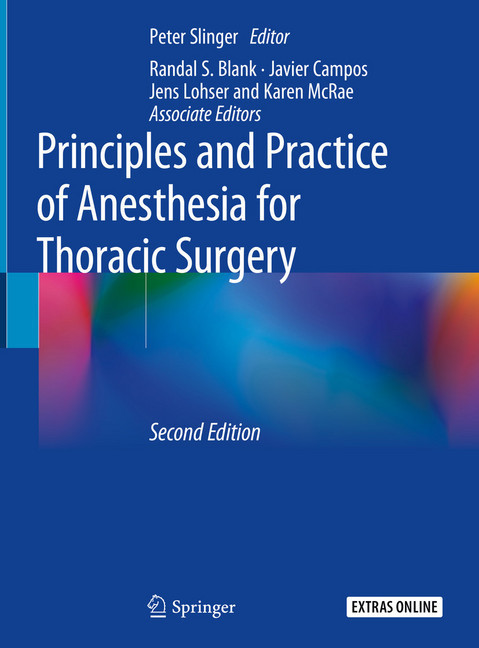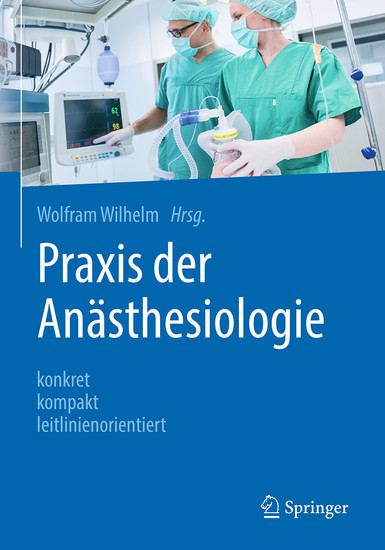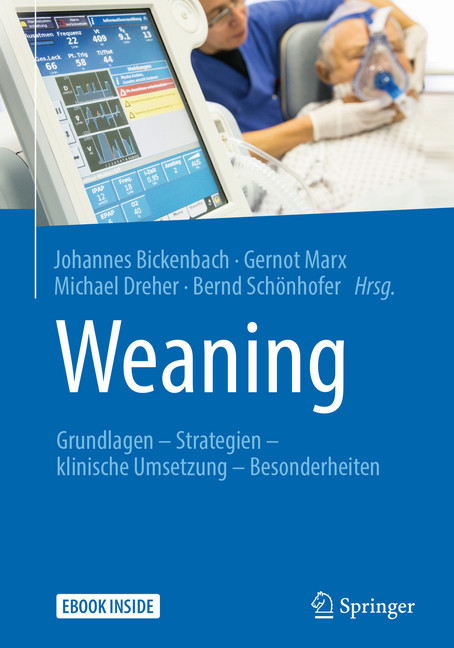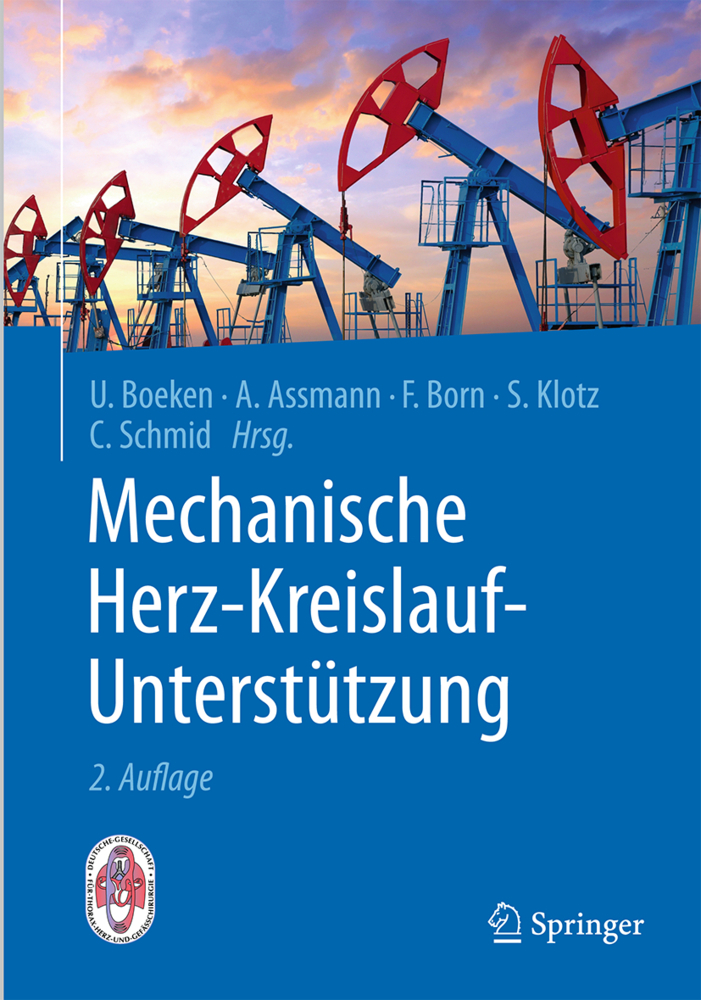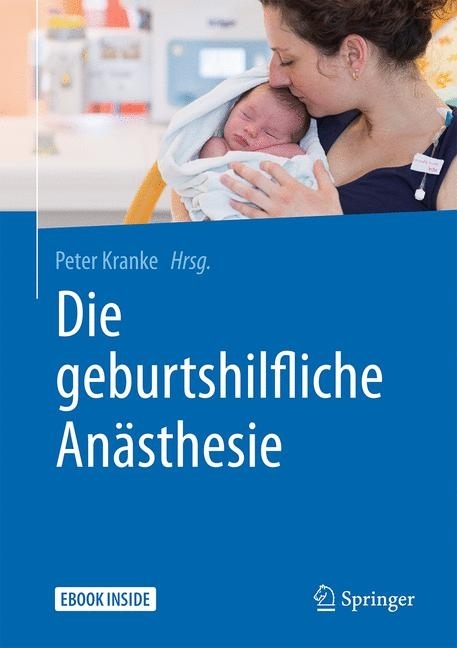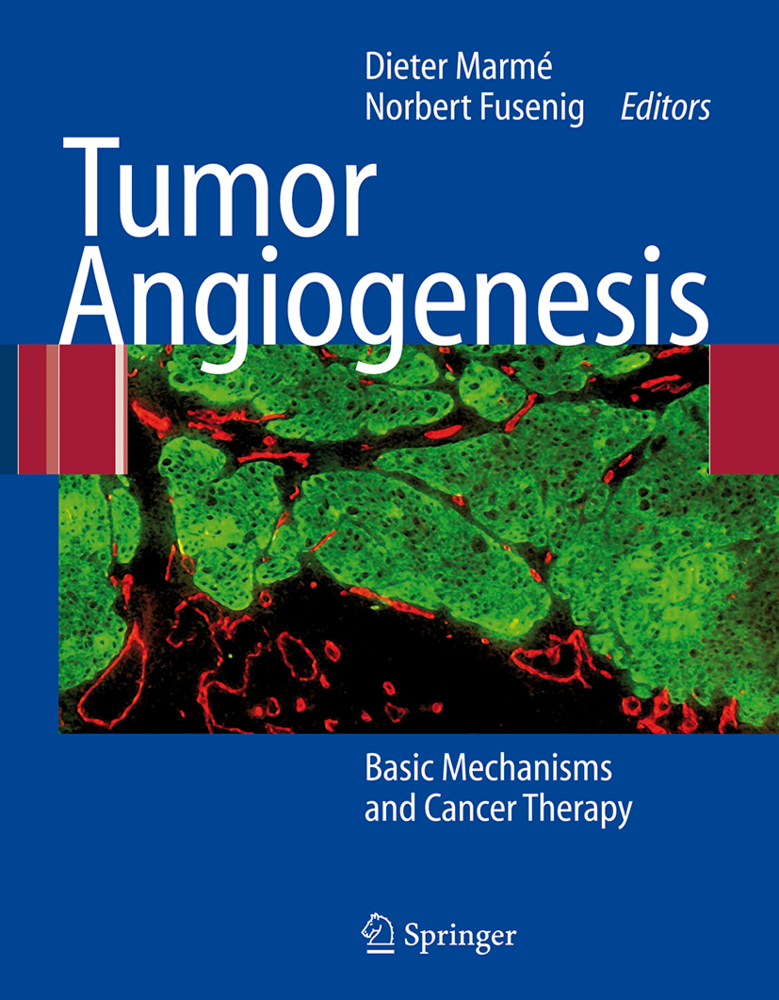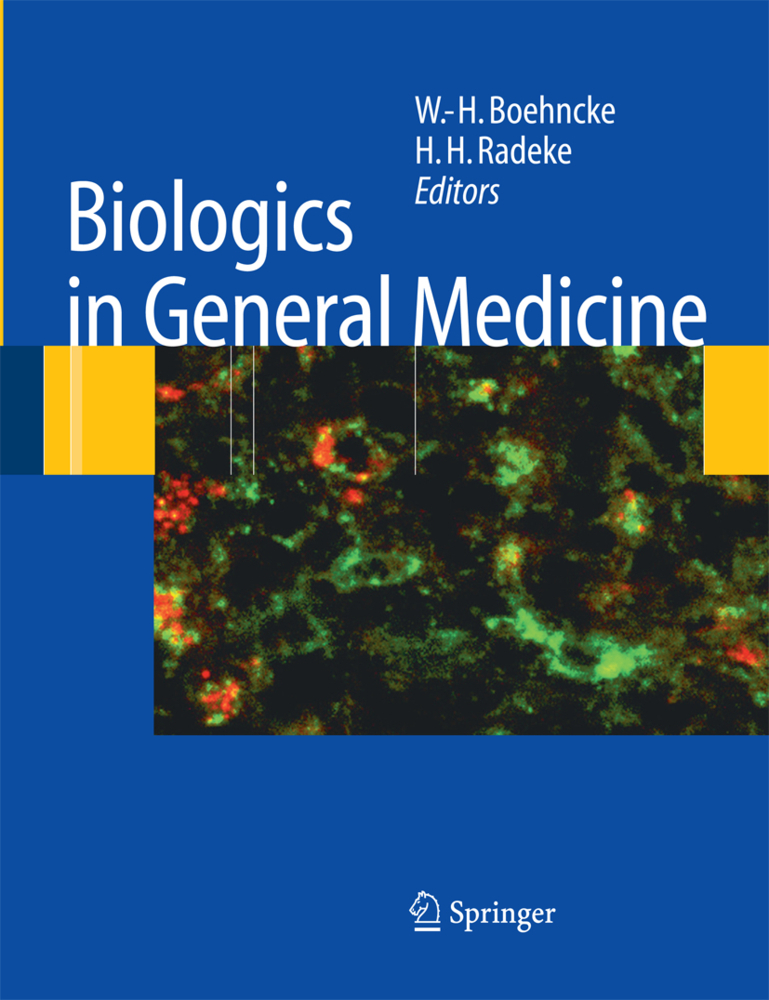Control and Automation in Anaesthesia
Control and Automation in Anaesthesia
This book records the presentations given at a workshop held in Bonn in May 1994. The aim of the meeting was to bring together scientists from various disciplines and clinicians to discuss within a group of experts the theoretical, medical, engineering, and regulatory aspects of automated control of therapeutic interventions in. anaesthesiology. The meeting was considered a continuation of a preceding work shop on "Quantitation, Modelling and Control in Anaesthesia" [1], which was held also in Bonn 10 years ago in May 1984. That workshop dealt with problems of how to quantitate concepts like anaesthetic depth, how to model anaesthetic drug disposition, how to link phar macokinetics and pharmacodynamics, and how to use such concepts for the control of anaesthetic drug delivery. With respect to these topics the current proceedings have simultaneously both a broadened and a narrowed perspective. It is broadened in so far as the topics of the workshop did not focus exclusively on anaesthetic drugs and the control of their delivery, but did also discuss anaesthesia machine monitoring and patients therapeutic monitoring as well as control of blood pressure and artificial ventilation. The proceedings have nar rowed the perspective insofar as they do not intensively discuss the processes of quantitation and modelling but presuppose them and give more room to control, especially automated control. During the past 10 years informatics has tremendously expanded its knowledge and methods applicable to control problems.
Principles of Adaptive Neural Networks for Control
Artificial Intelligence and Expert Systems
II Assessment and Evaluation of Signals and Measurements
a) Anaesthesia Machine Monitoring
Which Monitoring Qualities Ensure Proper Machine Function?
Reliability, Testability, Alarms, and the Fail-Safe Concept
The Differences Between Closed-circuit, Low-flow, and High-flow Breathing Systems: Controllability, Monitoring, and Engineering Aspects
b) Therapeutic Monitoring of Patients
Does the EEG Measure Therapeutic Opioid Drug Effect?
Somatosensory Evoked Potentials: Objective Measures of Antinöciception in the Anaesthetized Patient?
Do Auditory Evoked Potentials Assess Awareness?
Should Neuromuscular Transmission Be Monitored Routinely During Anaesthesia?
III Control and Automation of Artificial Ventilation
Pulmonary Function and Ventilatory Patterns During Anaesthesia
What Can and What Should Be Controlled During Artificial Ventilation?
Closed-Loop Control of Artificial Ventilation
IV Control and Automation of Drug Delivery
a) Volatile Anaesthetics
Adaptive Closed-Loop Control of End-Tidal Concentrations of Volatile Agents
Fuzzy Control of Arterial Blood Pressure by Volatile Anaesthetics
Model-based Adaptive Control of Volatile Anaesthetics by Quantitative EEG
b) Intravenous Anaesthetics
The Target of Control: Plasma Concentrations or Drug Effect
Open-Loop Control Systems and Their Performance for Intravenous Anaesthetics
Feedback Control of Intravenous Anaesthetics by Quantitative EEG
Adaptive Control of Intravenous Anaesthesia by Evoked Potentials
c) Neuromuscular Blocking Agents and Vasoactive Drugs New Drug-Delivery Devices
Model-basedAdaptive Control of Neuromuscular Blocking Agents
Supervisory Adaptive Control of Arterial Blood Pressure by Vasoactive Agents
New Drug-Delivery Devices for Volatile Anaesthetics
New Drug-Delivery Systems for Intravenous Anaesthetics
V Nonmedical Aspects of Automated Control: Requirements and Liability for Automated Systems
The Technical Point of View
Regulatory Aspects
The Manufacturer's Point of View.
I General Methods of Control and Automation
Decision Support via Fuzzy TechnologyPrinciples of Adaptive Neural Networks for Control
Artificial Intelligence and Expert Systems
II Assessment and Evaluation of Signals and Measurements
a) Anaesthesia Machine Monitoring
Which Monitoring Qualities Ensure Proper Machine Function?
Reliability, Testability, Alarms, and the Fail-Safe Concept
The Differences Between Closed-circuit, Low-flow, and High-flow Breathing Systems: Controllability, Monitoring, and Engineering Aspects
b) Therapeutic Monitoring of Patients
Does the EEG Measure Therapeutic Opioid Drug Effect?
Somatosensory Evoked Potentials: Objective Measures of Antinöciception in the Anaesthetized Patient?
Do Auditory Evoked Potentials Assess Awareness?
Should Neuromuscular Transmission Be Monitored Routinely During Anaesthesia?
III Control and Automation of Artificial Ventilation
Pulmonary Function and Ventilatory Patterns During Anaesthesia
What Can and What Should Be Controlled During Artificial Ventilation?
Closed-Loop Control of Artificial Ventilation
IV Control and Automation of Drug Delivery
a) Volatile Anaesthetics
Adaptive Closed-Loop Control of End-Tidal Concentrations of Volatile Agents
Fuzzy Control of Arterial Blood Pressure by Volatile Anaesthetics
Model-based Adaptive Control of Volatile Anaesthetics by Quantitative EEG
b) Intravenous Anaesthetics
The Target of Control: Plasma Concentrations or Drug Effect
Open-Loop Control Systems and Their Performance for Intravenous Anaesthetics
Feedback Control of Intravenous Anaesthetics by Quantitative EEG
Adaptive Control of Intravenous Anaesthesia by Evoked Potentials
c) Neuromuscular Blocking Agents and Vasoactive Drugs New Drug-Delivery Devices
Model-basedAdaptive Control of Neuromuscular Blocking Agents
Supervisory Adaptive Control of Arterial Blood Pressure by Vasoactive Agents
New Drug-Delivery Devices for Volatile Anaesthetics
New Drug-Delivery Systems for Intravenous Anaesthetics
V Nonmedical Aspects of Automated Control: Requirements and Liability for Automated Systems
The Technical Point of View
Regulatory Aspects
The Manufacturer's Point of View.
| ISBN | 978-3-642-79575-6 |
|---|---|
| Artikelnummer | 9783642795756 |
| Medientyp | Buch |
| Auflage | Softcover reprint of the original 1st ed. 1995 |
| Copyrightjahr | 2011 |
| Verlag | Springer, Berlin |
| Umfang | XIV, 281 Seiten |
| Abbildungen | XIV, 281 p. |
| Sprache | Englisch |

